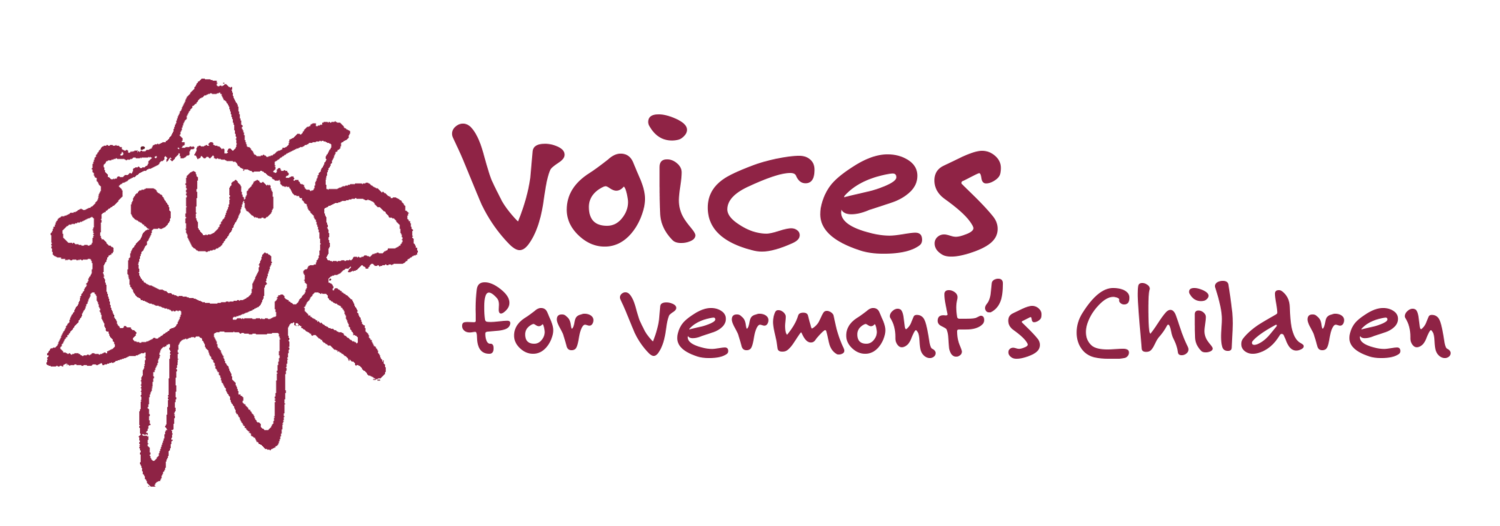Spotlight on the Real Crisis in VT Schools: Poverty and the Achievement Gap
In his 1947 inaugural address, Vermont Governor Ernest Gibson said, “The very existence of civilization as we know it depends upon our youth securing the very best education that it is in our power to give.”
Vermonters have always placed a high priority on education, and we have an excellent public school system as a result. Yet, for too long we have ignored the growing disparity in educational outcomes between students from different socio-economic backgrounds.
Voices’ new report Bridging the Gap: Pathways to Success for All Vermont Students documents the fact that too often a child’s educational attainment is predicted by her family’s economic status. The disturbing trends among low-income students include:
On the 2008-2009 New England Common Assessment Program (NECAP) assessments:
- In most grades, fewer than half of low-income males are proficient in reading
- In 11th grade, fewer than 18 percent of low-income females were proficient in math
In 2008, more than 25 percent of low-income seniors did not graduate from high school with their peers
Schools should be places where all students succeed. Since low-income students constitute almost a third of the children in Vermont schools, their poor education outcomes have and will continue to have a lasting impact on our state’s economic and social health. As stewards of our children’s – and of our state’s – future, we need to do better.
The good news is that there is a clear, research-based path that Vermonters can take towards assuring we bridge the gap in academic achievement. Bridging the Gap highlights a two-pronged strategy to do so. This undertaking requires implementation of both in-school reforms and out-of-school supports for struggling students and their families, including:
- Expanding the capacity of schools to create systems of educational excellence
- Providing work supports to parents, including affordable quality early care and education and paid parental leave
- Improving community supports, such as effective afterschool, community, and summer programs, mental health services, and parenting support programs
We all have a stake in improving educational outcomes for all students. That job becomes even more difficult when human services and education budgets are cut. As mental health and other community-based services are eliminated, schools are facing increased demands for services outside of their educational mandate. This not only stretches the capacity of our public schools, it virtually ensures we will not come closer to eliminating the proficiency gap.
To learn more about ways Vermonters can work together to close the gap between students from different socio-economic backgrounds, read the full Bridging the Gap report.
